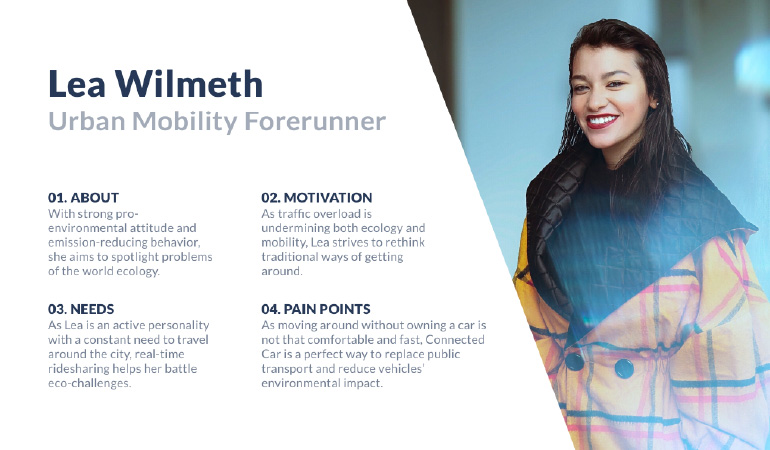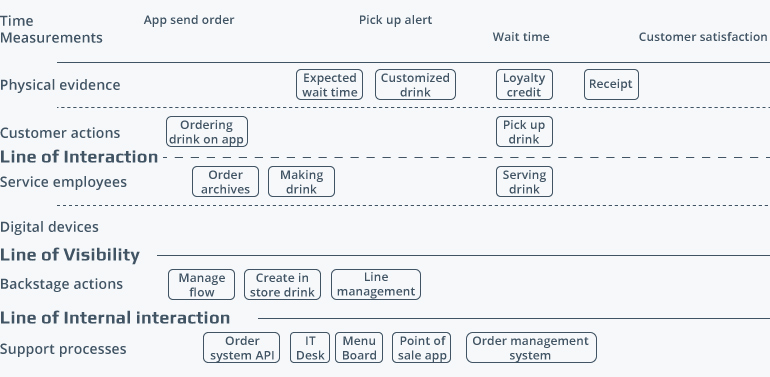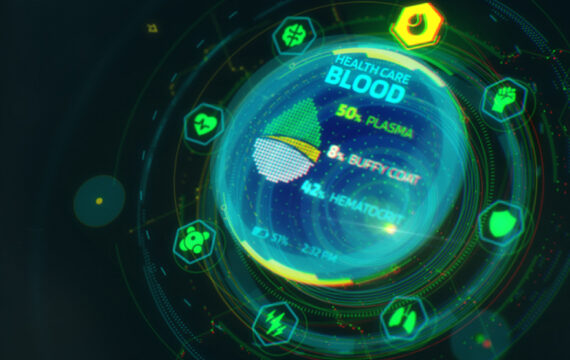The concept of service design is nothing new. It originated back in 1991 when Michael Erlhoff and Brigit Mager established Service Design as a field of education and research at Köln International School of Design (KISD).
In today’s highly competitive landscape, businesses are increasingly embracing service design to improve their offerings, differentiate from the crowd, and even create new services to address previously unmet customer needs. When you have two coffee shops right next to each other, and each sells the exact same coffee at the exact same price, service design is what makes you walk into one and not the other.
Service design goes beyond individual touchpoints and interactions between end users and a solution, as service designers are also focused on how these touchpoints are connected, how customers move around a service, and what needs service providers have.
Service design principles
In their book This Is Service Design Thinking, Marc Stickdorn and Jakob Schneider identified five core principles that form the foundation of service design.
- User-centricity.Base design services on deep understanding of customers’ perspective, and their psychological and behavioral drivers.
- Co-creative.Engage all stakeholders and subject matter experts in the co-design process for better alignment and cohesion.
- Sequencing. Treat services as a sequence of interconnected processes, events, and touchpoints that impact the overall perception of the service value.
- Evidencing.Visualize services to add tangible elements to perishable customer experience and drive customer loyalty.
- Holistic.Consider all aspects of a service environment in which this service exists, is delivered and experienced.
Now that we know the major principles of service design, let’s look at the process itself.
Components of a service design process
Customer journey maps
Also called a user experience map, a customer journey map (CJM) refers to a visual representation of all of a customer’s interactions with a brand. By creating CJMs, brands can step into their customers’ shoes and see how they are progressing into users’ experiences across all touchpoints. The aim is to identify all touchpoints, barriers, and critical moments across the journey.
Intellias connected car sharing solution

Personas
A customer or buyer persona is a fictional, generalized representation of your target users. Well thought-out and detailed personas go a long way towards understanding users’ needs, behaviors, and goals. To create actionable personas grounded in solid data, designers leverage an array of research methods, such as on-page surveys, exit intent pop-ups, in-person or phone interviews, competitor analysis, web analytics, and more.
User persona for the Intellias connected car sharing solution

Service blueprints
Service blueprints are considered an elevated form of customer journey maps. Blueprinting focuses on mapping out the relationship between different service components — customer and employee actions, fleet management solutions, supporting processes, and physical or digital evidence — and ties that to a specific customer journey.
Blueprints are ideal for complex, omnichannel scenarios with multiple touchpoints that require cross-functional effort. When done right, service blueprints are a real treasure map that helps organizations find weaknesses or bottlenecks and identify opportunities for improvement.

Source: Interaction Design Foundation
Practical use case: Intellias experience with service design
At Intellias, we know the importance of human-centered design to create products that deeply resonate with audiences and drive user engagement. We are also strong believers in leveraging technological advancements to improve every aspect of our lives and better meet our needs.
These principles are what inspired our design team to craft a cyberpunk-driven eHealth concept for a chronic disease management solution based on the Internet of Things platform launched by Intellias last year. IntelliAedes, our futuristic eHealth project, is a response to the growing need in healthcare for better chronic disease prevention and control.
To create IntelliAedes, our futuristic eHealth project, our UX experts applied a service design approach that included the following steps.
Market research
For our solution to be truly useful, we started off with thorough market research to uncover healthcare providers’ needs and pain points. One of the major issues is chronic conditions that contribute greatly to the burden of disability and the high death toll. Striving to ensure better patient outcomes, healthcare providers need to deliver personalized chronic disease management, but the resources are already stretched too thin.
Buyer personas
The next step was to define our key user personas. In healthcare, it’s important to remember that users are not only patients but also caregivers, medical professionals, and administrators. Thus, we identified three user groups and drilled down into each one of them to gather granular details and create highly personalized experiences.
- User

George is an elderly patient who spends a lot of time in remote settings due to his job responsibilities and needs to know he’ll get immediate medical help if needed.
- Medical assistant

Claire is a paramedic who uses IntelliAedes to monitor user health and provide immediate instructions in case of a health emergency.
- Administrator

Martin is a system administrator who is responsible for system installation and provisioning, role-based user management, as well as quick technical issue identification.
Service blueprint
Buyer personas are just separate pieces, and to see how they fit in the service delivery puzzle we moved on to service blueprints. By mapping out all touchpoints, interactions, and dependencies at the user and company levels, we managed to see the big picture of how the service is implemented by the organization and used by the customers.
The service blueprint below is based on the precondition that users get a personal device and use its daily to monitor their health indicators.

Concept design
IntelliaAedes comprises three major components — a wearable, a core device, and a web module.
- Personal device

Worn as a hi-tech bracelet, this personal device contains microchips and a lens. This lens serves as a mini AR projector and allows a user to visualize important health metrics on a wall or a ceiling. Depending on the mode — regular, emergency, and health — the wearable can function as a regular activity tracker and provide health risk notifications.
- Core device

Implanted into the user’s backbone, the core device collects extensive health data from additional controllers and biochemical implants, and then transmits this data to the personal device and admin portal for processing.
- Web portal

The web portal is designed to cover functionality needed for both service providers and end users alike.
For a service company:
- Centralized fleet management, including remote monitoring of consumables, firmware updates, alert tracking, and customer support options
- Advanced notifications to ensure first aid services arrive on time
- Access to a patient’s medical records: Electronic Health Record (EHR), plan of care, medication history, and clinical summaries
For a user:
- Immediate access to personal medical records (EHR, laboratory and test results, etc.)
- Comprehensive dashboards with health condition indicators and data transferred from external devices
The bottom line
Service design helps brands see an end-to-end perspective and create high-quality experiences that are meaningful for customers. Our personal example with IntelliAedes demonstrates that by using service design for healthcare, a service provider can create a truly user-centered product and drive real business value.
Leverage our curated UX/UI design services to craft customer-centric experiences and drive product adoption. Drop us a line to discuss the details.

